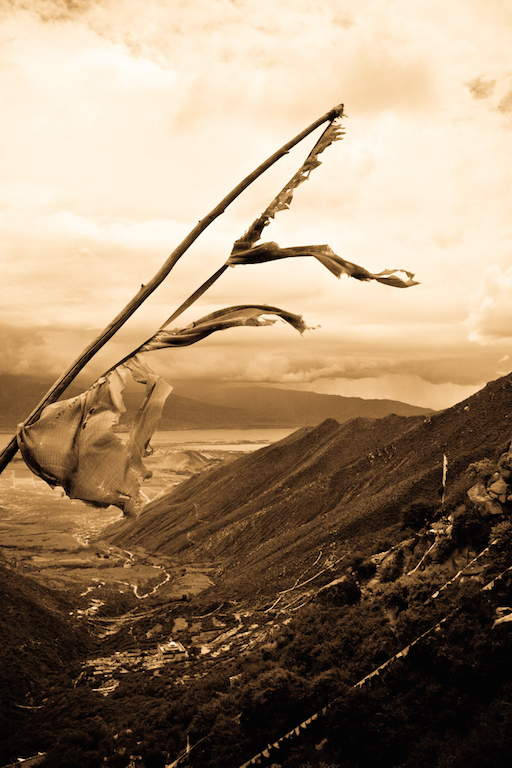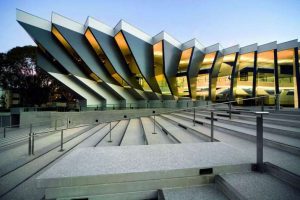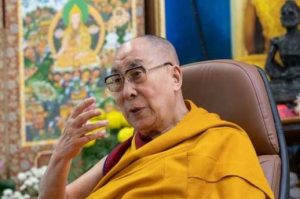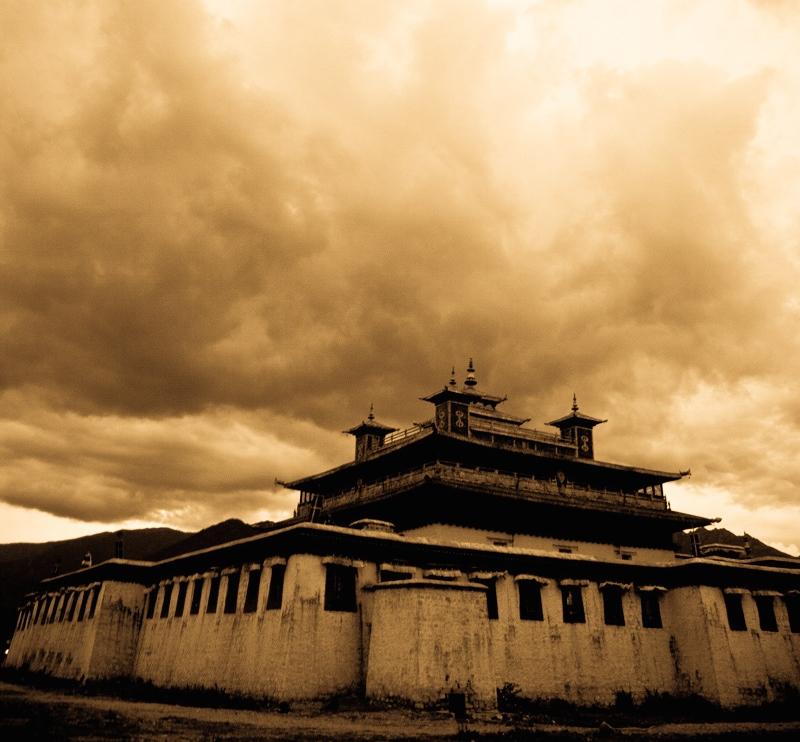
“Although my view is higher than the sky,
My attention to cause and effect is finer than flour.” – Guru Rinpoche (Padmasambhava)
As our pilgrimage through central Tibet proceeded towards Samye prior to our long journey across the Western Tibetan plateau to Mount Kailash, I noticed a palpable excitement building—a sublime, devotional version of boyish glee. As if the two epic days visiting Drak Yerpa and Gangri Tokar (documented in the first part of this series)* were not vast enough, we were now approaching the sacred site of the primary transmission of realization to the early Tibetan masters who established the authentic Buddha Dharma in Tibet. This was the site of the nexus, the initial gateway for the profound teachings that Vajrayana practitioners the world over are receiving and practicing today.
It was at Samye in the 8th century that Padmasambhava, the fully awakened tantric master who brought Vajrayana Buddhism to Tibet, gave the ultimate pith instructions and transmissions to King Trisong Detsen, Lady Yeshe Tsogyal, the translator Vairotsana, and the 25 disciples. Tales of lore tell of yogins flying from one side of the valley to another, leaving footprints in stone and the like. For a mystic yogi still in diapers, as it were, and stumbling his way along the path, this was the equivalent of receiving a big bright red ball for Christmas at the age of two—all the excitement and joy in the world were right there. It might seem an exaggeration, or whimsical, to describe a journey to a remote historical site in such a way—a pilgrimage to one of the most sacred sites in the Tibetan tradition—but perhaps it conveys a sense of the purity and almost, one can say, innocence, of the inspiration one finds emerging within in such a place.
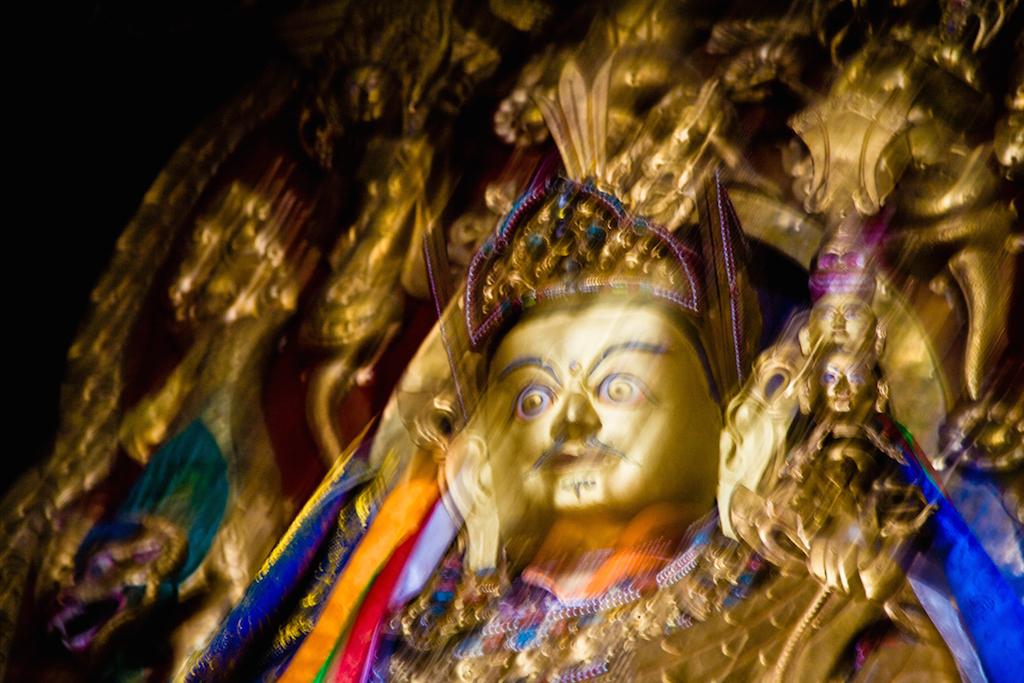
I personally did not see any yogins or yoginis flying across the sky—it seems we were more than 1,200 years late for that—but we did see footprints in stone in the inner recesses of caves!
There is a quality to a direct experience on a simple perceptual level, such an encounter with something one cannot explain, that is quite liberating. In that moment, something opens—something that no matter what, simply does not close again, no matter the fluctuations and deviations of a mind lost in time and in the distraction and general forgetting that living in the modern world involves. A place still open: it simply remains in one’s being.

First, there was Samye Monastery itself. Restored and rebuilt under the auspices of Dilgo Khyentse Rinpoche in the 1980s, it retains its original magnificence. The first Tibetan temple, the ground stone of Buddhism in Tibet . . . it had an aura of being at the center of something, something much larger than oneself. Yet, for all its time-weathered glory, that atmospheric presence rich with the blessings of sages, masters, deities, and kings of lore . . . it was Samye-Chimphu and its myriad yogi caves in the highlands above Samye that my whole energetic being was directed towards. Like the moments, the precise moments, just before falling in love.
Those moments of entering something one cannot fabricate or fathom in one’s ordinary state. Something that can only be approached and entered in rare moments in one’s life, if that—if one should be so fortunate.
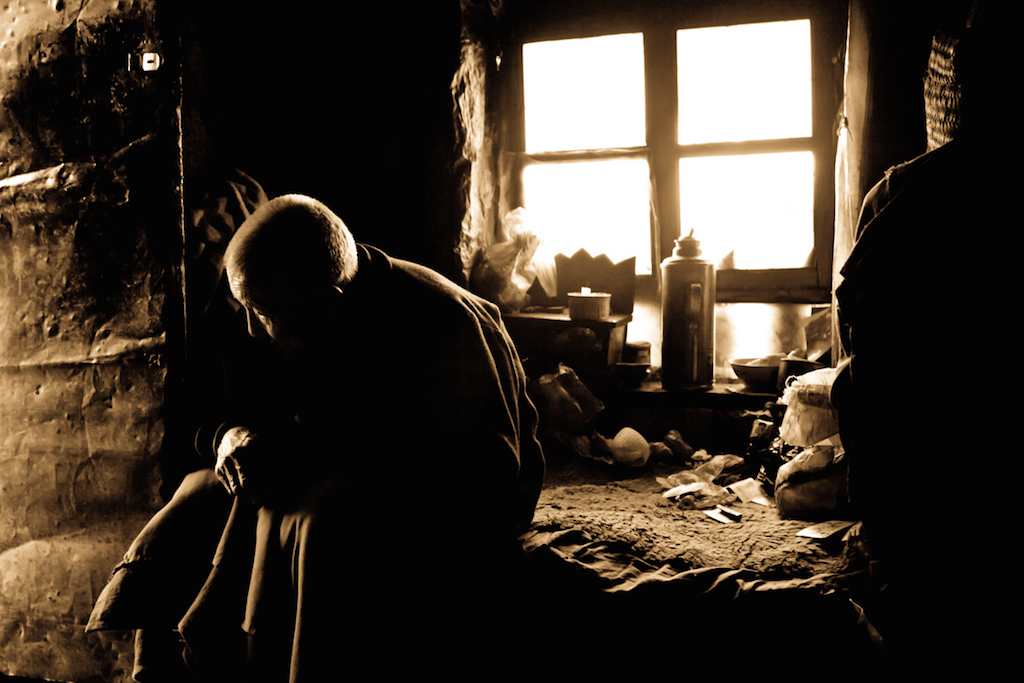
Here were the caves not only of the great mahasiddhas at the dawn of the Nyingma transmission to Tibet by Guru Rinpoche, but of so many, many masters since. Beyond the caves of Padmasambhava, Yeshe Tsogyal, and Vairotsana (replete with footprints) were the caves and practice hermitages of Jigme Lingpa (who received the three visions of Longchenpa that granted us the Longchen Nyingthig lineage, so commonly practiced around the world today), of Longchenpa himself (where he experienced his full awakening to Buddhahood, prior to his journey to Gangri Tokar to compose his Dzogchen masterpieces), and in modern times, where great teachers and yogis such as Chagdud Rinpoche practiced extensively in retreat. Wild sage lined the meadows and the pathways at the lower end of the valley, with the path rising higher and higher and more and more steeply around protrusions of rocks and through low clouds and mist, at last reaching the caves high up above.
At the entrance to Padmasambhava’s cave, Tsoknyi Rinpoche, our spiritual guide, handed everyone little pieces of blessed color paper—like miniature prayer flags without the string—which we were soon tossing into the sky and winds, releasing prayers, aspirations, and unknown knots we had been carrying far too long.
Again, joy. A high space that nothing felt on the long journey of life preceding this ascent could quite reach—this was a place beyond the ordinary—a pure land. The papers swirled in the wind, fluttering down into the valley beneath the cave; winds rustled through weather-torn prayer flags on tall wooden poles, a place that suffering simply could not reach. This moment, this place.
We entered the cave, some 70 of us—a large cave, indeed—and gathered around a large, almost flat, gold-painted stone, now beneath glass. And there, the caretaker-monk told the story, through our translator, of the story of Princess Pema Sal, the daughter of King Trisong Detsen, who had invited Padmasambhava to Tibet. At the age of eight she had suddenly died, but was temporarily revived by Padmasambhava, right there, leaving a body print in the rock (now painted over in gold) around which we all sat.
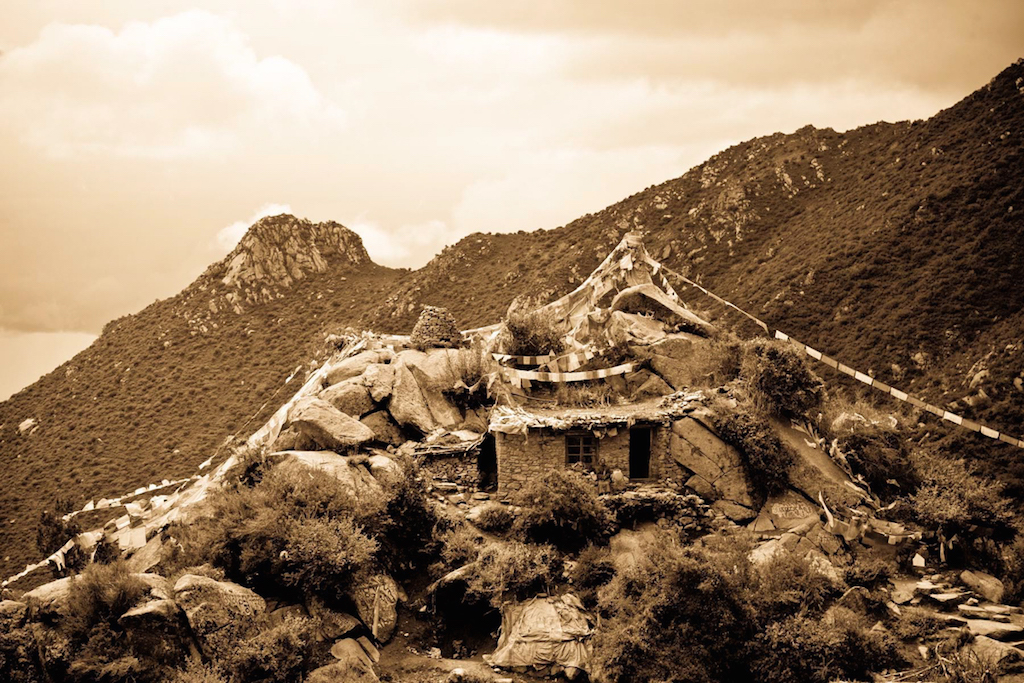
As the record goes, “Padmasambhava drew a red syllable NRI on her heart, summoned her consciousness, and restored her to life. There and then, he gave her the transmission of the Nyingtik teachings. She passed away soon after. Yeshe Tsogyal concealed the teachings as terma, and centuries later, Pema Sel’s incarnation, the master Pema Ledreltsal, revealed the Khandro Nyingtik cycle. His next rebirth was as the omniscient Longchen Rabjam [Longchenpa].”**
How do we know what is true and what is not? What can we see clearly, without seeing through some framework, some acquired conditioning or bias through which we filter information or “knowledge”? And yet, as the paper in the wind was forgotten and stories of lore shared, one thing was clear, one thing was known directly—a palpable sense of spaciousness around the very sensation of being alive, of being aware, of being a part of something that was not a little filled with wonder. Of being without doubt about that. And that this, this was good.
This is at the heart of pilgrimage.
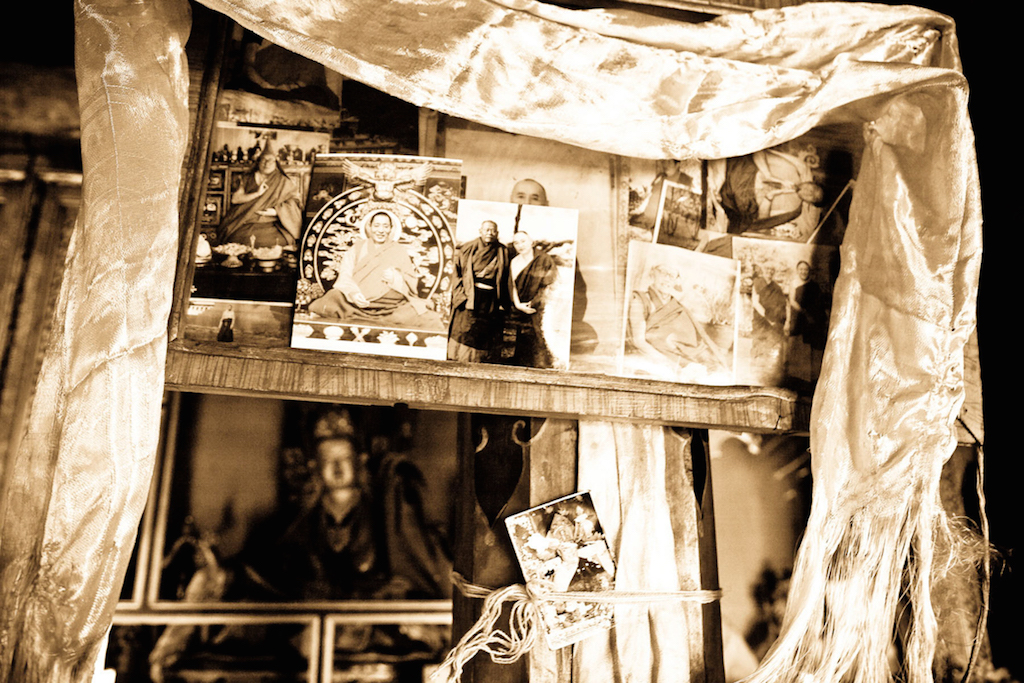
*See On Pilgrimage: A Journey through Tibet (part 1); and Michael Ash: The Tibet Pilgrimage Gallery (Central Tibet)
Michael Ash is the founder of Dharma Eye, a Buddhist photographers’ collective. For further information, please visit the Dharma Eye website.


